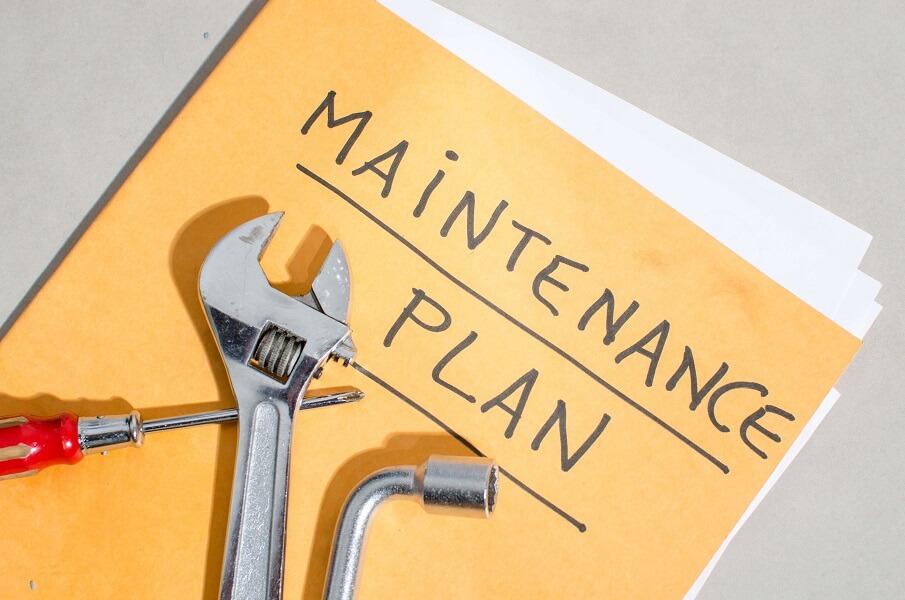Renting a house is a significant commitment, typically governed by a lease agreement that outlines the terms and duration of your tenancy. However, life can bring unexpected changes, and there may come a time when you need to terminate your lease before its expiration date. Whether it’s due to a job relocation, personal circumstances, or a desire to move elsewhere, it’s essential to understand the process and considerations involved in house lease termination. If you’re looking for rental options, you can explore various listings by searching houses for rent on your favorite portal. In this article, we’ll provide a tenant’s guide to house lease termination, including steps to follow and key considerations.
Reasons for Lease Termination
Before delving into the termination process, it’s crucial to identify the reason for wanting to end your lease early. Common reasons for lease termination include:
- Job Relocation: A new job or career opportunity in a different location may require you to move.
- Change in Family Circumstances: Events such as marriage, divorce, the birth of a child, or a family member’s health condition can necessitate a change in living arrangements.
- Financial Constraints: Unexpected financial challenges may make it difficult to continue paying rent.
- Desire for a Different Property: You may simply wish to upgrade, downsize, or relocate for personal reasons.
- Landlord’s Breach of Contract: If your landlord fails to fulfill their obligations under the lease agreement, it could be grounds for termination.
Review Your Lease Agreement
The first step in the lease termination process is to thoroughly review your lease agreement. Pay close attention to the following details:
- Notice Period: Check for any notice requirements specified in the lease agreement. It may require you to provide a certain number of days’ notice before terminating the lease.
- Early Termination Clause: Some leases include clauses that outline the conditions and penalties for terminating the lease early. Be aware of any associated costs or fees.
- Security Deposit: Review the terms related to the return of your security deposit upon lease termination.
Communicate with Your Landlord
Once you’ve identified your reasons for lease termination and familiarize yourself with the lease agreement, it’s time to communicate with your landlord. Here are the steps to follow:
- Notify Your Landlord in Writing: Provide written notice to your landlord stating your intention to terminate the lease. Be sure to include the date you plan to move out, which should comply with the notice period specified in the lease.
- Maintain Open Communication: It’s crucial to maintain open and respectful communication with your landlord throughout the process. Be prepared to discuss the reasons for termination and any potential solutions or agreements.
- Follow Up: After providing written notice, follow up with your landlord to confirm receipt and discuss any further details or requirements.
Prepare for the Move-Out Process
As you approach your move-out date, there are several important steps to take:
- Property Inspection: Request a final property inspection with your landlord to identify any necessary repairs or maintenance. Address these issues before moving out to ensure a smooth transition.
- Cleaning and Repairs: Thoroughly clean the property and make any agreed-upon repairs to meet the standards outlined in your lease agreement.
- Return Keys and Security Deposit: Return all keys and access devices to the landlord, and inquire about the process for the return of your security deposit.
- Forward Mail: Update your mailing address with the post office and any relevant parties to ensure you receive your mail at your new address.
Potential Costs and Fees
Lease termination may come with associated costs and fees, which can vary depending on your lease agreement and circumstances. These may include:
- Early Termination Fee: If your lease includes an early termination clause, you may be required to pay a fee for ending the lease before the agreed-upon term.
- Unpaid Rent: Ensure that you settle any unpaid rent before moving out to avoid additional charges.
- Repairs and Cleaning: If the property requires repairs or extensive cleaning beyond normal wear and tear, you may be responsible for the associated costs.
Legal Considerations
Understanding the legal aspects of lease termination is essential. Be aware of your rights and responsibilities as a tenant, and consult with legal counsel if needed, especially if you encounter any disputes or challenges during the process.
Conclusion
House lease termination is a significant decision that requires careful planning and adherence to the terms of your lease agreement. By following the steps outlined in this guide and maintaining open communication with your landlord, you can navigate the process effectively. Remember to review your lease agreement thoroughly, prepare for the move-out process, and be aware of potential costs and legal considerations. Whether you’re relocating, experiencing a change in circumstances, or simply seeking a new rental opportunity, understanding the lease termination process is essential for a smooth transition to your next living arrangement.




